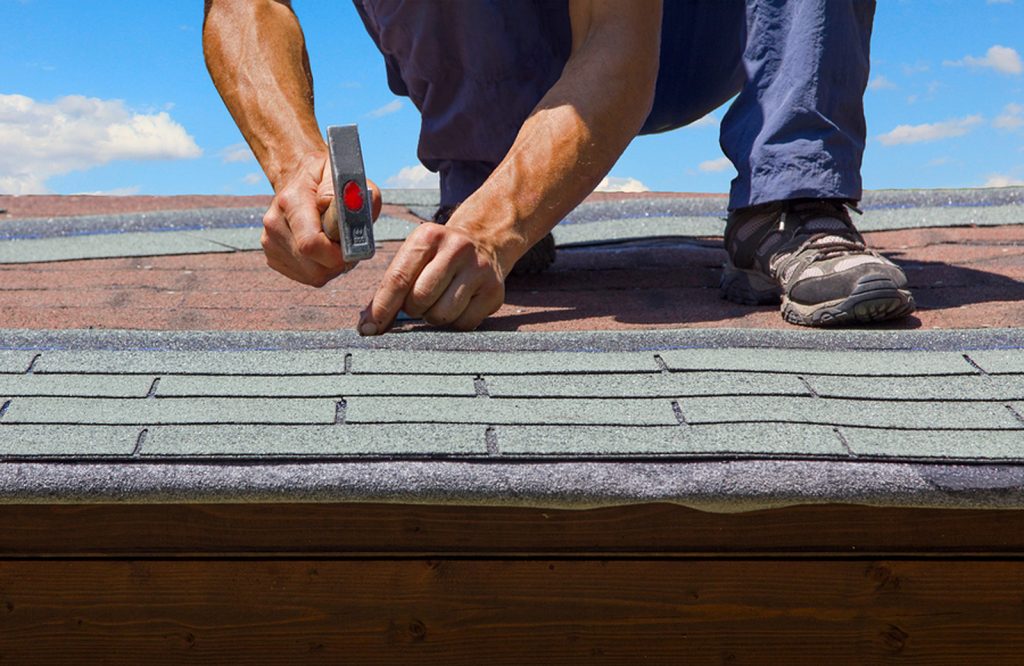Spilling rooftops are an extremely normal issue distinguished in home examinations. Home assessments demonstrate that there are three primary issues to think about when diagnosing and fixing spilling rooftops:
The state of the rooftop covering. This incorporates split, broken or removed tiles or records, harmed or eroded rooftop sheeting, endured cover. Off base establishment can render any sort of rooftop covers incapable.
The pitch of the rooftop. For the most part just “level” rooftops are water-sealed; most pitched rooftops are “climate sealed”. This implies the rooftop is intended to shed water rapidly to counteract downpour water from infiltrating the rooftop covering. As a rule, the more extreme the pitch of the rooftop, the more uncertain it is that the rooftop will spill.
Feeble focuses as respects potential breaks are where rooftop surfaces meet with dividers, smokestacks or different rooftops. These crossing points are generally climate sealed with “blazing” of some sort.
Tiles The home controller will check for split, broken or ousted tiles or records. Poor establishment methods which can bring about breaks include: Cracked mortar on edge or freight boat topping tiles; absence of mechanical fixing of tiles in defenseless zones along overhang and edges and a rooftop pitch which is excessively low.
Records Slates are normally introduced over a water-safe underlay – regularly bituminous felt (malthoid). Breaks emerge from broken or ousted records and from a died underlay. In the event that mellow steel, instead of copper or aluminum fixing nails, have been utilized at that point consumed nails may likewise prompt slipping records. Edges on record rooftops are ordinarily completed with confronting edge records over a “twofold soaker” – this is a covering layer of underlay stretching out over the edge. In the event that this twofold soaker ends up harmed or died, at that point breaks can happen along the edges.
Rooftop sheeting Metal rooftop sheeting regularly erodes along the covers and around the fixing screws. Too-short end-laps and insufficient side-laps which face the overarching climate are regular establishment botches. Broken and endured fiber-concrete or plastic rooftop sheeting can likewise be an issue.
Cover The top layer of grass in a covered rooftop, which is presented to the components, gradually decays and should be occasionally brushed out and supplanted to protect the weatherproof characteristics of a covered rooftop.
Semi-level rooftops These can be either solid sections or board – frequently encompassed by parapet dividers. These rooftops must have sufficient waste. The top surface of the semi-level rooftop should be successfully waterproofed – for the most part with warmth applied light on bituminous felt beat with UV beam safe silver aluminum paint. On the off chance that the waterproofing is old or has been gravely introduced with deficient covers or poor clinging to the substrate, at that point holes may happen. The arrangement is to either fix or evacuate and re-introduce the burnt on waterproofing.
Rooftop pitch The South African National Building Regulations endorse least pitch levels for rooftops – relying upon the rooftop covering.
Blazing Flashing, which is typically either metal glimmering or acrylic film waterproofing, is introduced where rooftop surfaces meet projections. The blazing is intended to waterproof these feeble focuses in the rooftop. Appropriately introducing metal glimmering and counter-blazing is a tradesman’s specialty which is quickly winding up rare in South Africa. An ever increasing number of present day roofers resort to blazing rooftops with acrylic layer. Acrylic film blazing is frequently messy, yet is sensibly powerful expecting that the acrylic is of good quality and accepting that the glimmering is recoated like clockwork. On the off chance that the acrylic glimmering isn’t appropriately kept up, at that point the unforgiving South African sun before long causes decay and debonding and breaks are probably going to happen.






